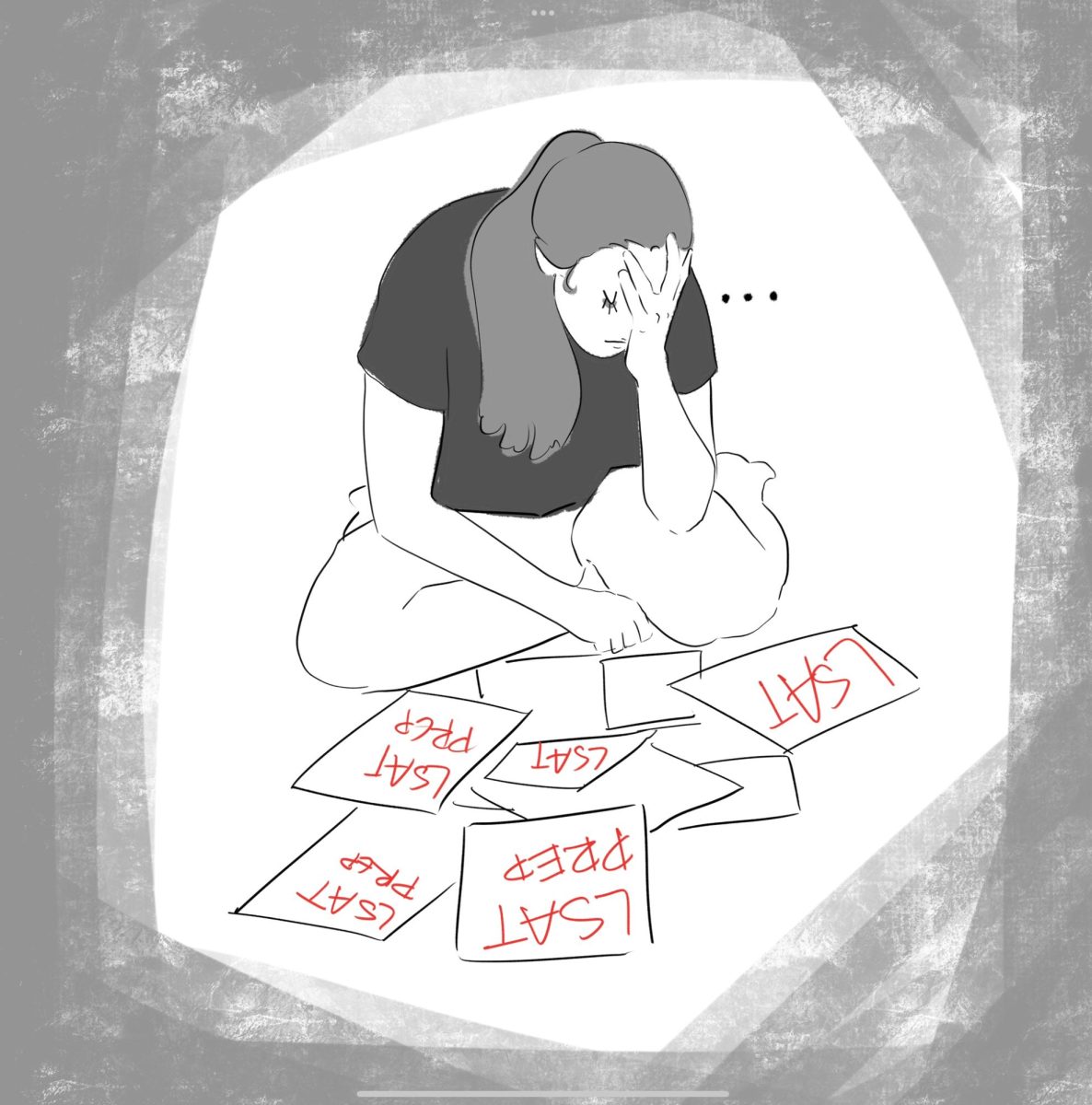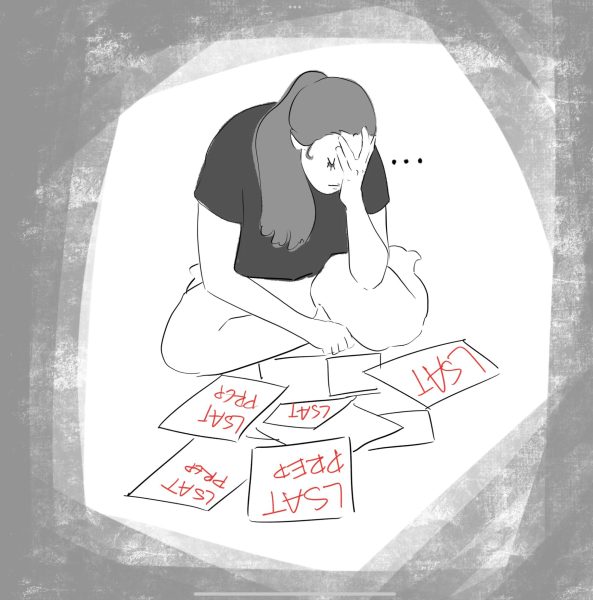Oakland ‘most haunted’ ‘hood
October 17, 2010
Haunted Pittsburgh makes a bone-chilling claim: Oakland is the most haunted neighborhood in Pittsburgh. Haunted Pittsburgh: Haunted Tour Oakland
Sunday, Oct. 24
Tickets: $15 online at www.hauntedpittsburghtours.com or in person if not sold out.
Meet at: Hillman Library, 6 p.m.
Haunted Pittsburgh makes a bone-chilling claim: Oakland is the most haunted neighborhood in Pittsburgh.
“If you ask someone what is considered the most haunted [neighborhood], people think North Side,” said Michelle Smith, co-founder of Haunted Pittsburgh. “It has the big ghost stories. But we did research and Oakland seemed to have the most ghost stories in a small area. Almost every building or neighborhood seems to have a story attached to it, especially around Pitt.”
Haunted Pittsburgh is a local historical group with the aim of sharing local spirit lore by offering ghost walks, something the city previously lacked. The organization offers spooky tales through ghost walks, dinners and pub-crawls in various parts of the city. It usually offers tours primarily in areas such as Mt. Washington and South Side, but their discovery of Oakland and Pitt’s ghoul-filled buildings have brought them to this neighborhood.
Sean Collier of WDVE Morning Show and Pittsburgh Magazine will host the Oakland tours. The radio personality says he’s not surprised by the amount of ghost stories in Oakland.
“You’ll find a lot of stories associated with most colleges, especially those set in big buildings or dorms, just because there are so many people moving in and out frequently,” Collier said. “Stories are bound to shovel up.”
The Oakland tour will begin at Hillman Library and go to the Quad, the William Pitt Union, the Cathedral, the Carnegie Library, and the Frick Fine Arts building. Many Pitt students and staff use these buildings on a daily basis.
One of the more creepy stories involves the Carnegie Library. A city judge became fond of the building after it opened in 1895. But in the early 1900s, he went to the building to hang himself rather than to complete his work.
“No one knows why he did so,” Collier said. “Soon after he was found and removed, the staff reported seeing writing on the walls. But not at ground level. It was on the ceiling near the level of a hung man.”
The words were written in Latin, and when translated to English they read, “The judge is here.”
“Any library stack is creepy anyway,” Collier said. “It’s isolated. Now you worry you’ll run into a judge.”
Smith feels that people will want to know the creepy lore of buildings they go to everyday because they enjoy the adrenaline rush that comes from feeling scared. Ghost walks offer a safe environment to feel chills up the spine.
“It’s places people are at every day,” Collier said. “You’re in the Cathedral every day for class and it’s commonplace, but to look at it through these stories, it adds intrigue and mystery to what would be a normal place.”
Haunted Pittsburgh is not the same as a haunted house or other Halloween attraction because of its use of historical research and local testimony, according to Collier.
“On all of our tours, we have shorter stories and those from people in the area, as well as Pittsburgh history,” Collier said. “There’s also just a certain sense of reality. I love Halloween attractions, but this is a chance to hear a reportedly true ghost story and be at the place and in its presence. I think a tour like this is so much more real than Halloween attractions.”
Ghost stories might be set any time from the 1700s to as recently as the 1900s, depending on what the tour guides decide to use.
“A lot of our stories are very historic, but we have some new accounts as well,” Smith said. “We are careful using new stories because if there are recent deaths or hauntings, we don’t feel it’s appropriate to tell that story.”
At the end of the tour, though, Smith reminds everyone, believers and skeptics alike, that their job is to research and entertain, not investigate. Collier himself is skeptical of whether or not every element in a ghost story ever actually happened.
“We are not here to make you believe or disbelieve,” Smith said. “You’ll find the stories interesting and learn a bit of history.”
“These stories have survived and it’s an interesting folk tradition all on its own,” Collier said.







